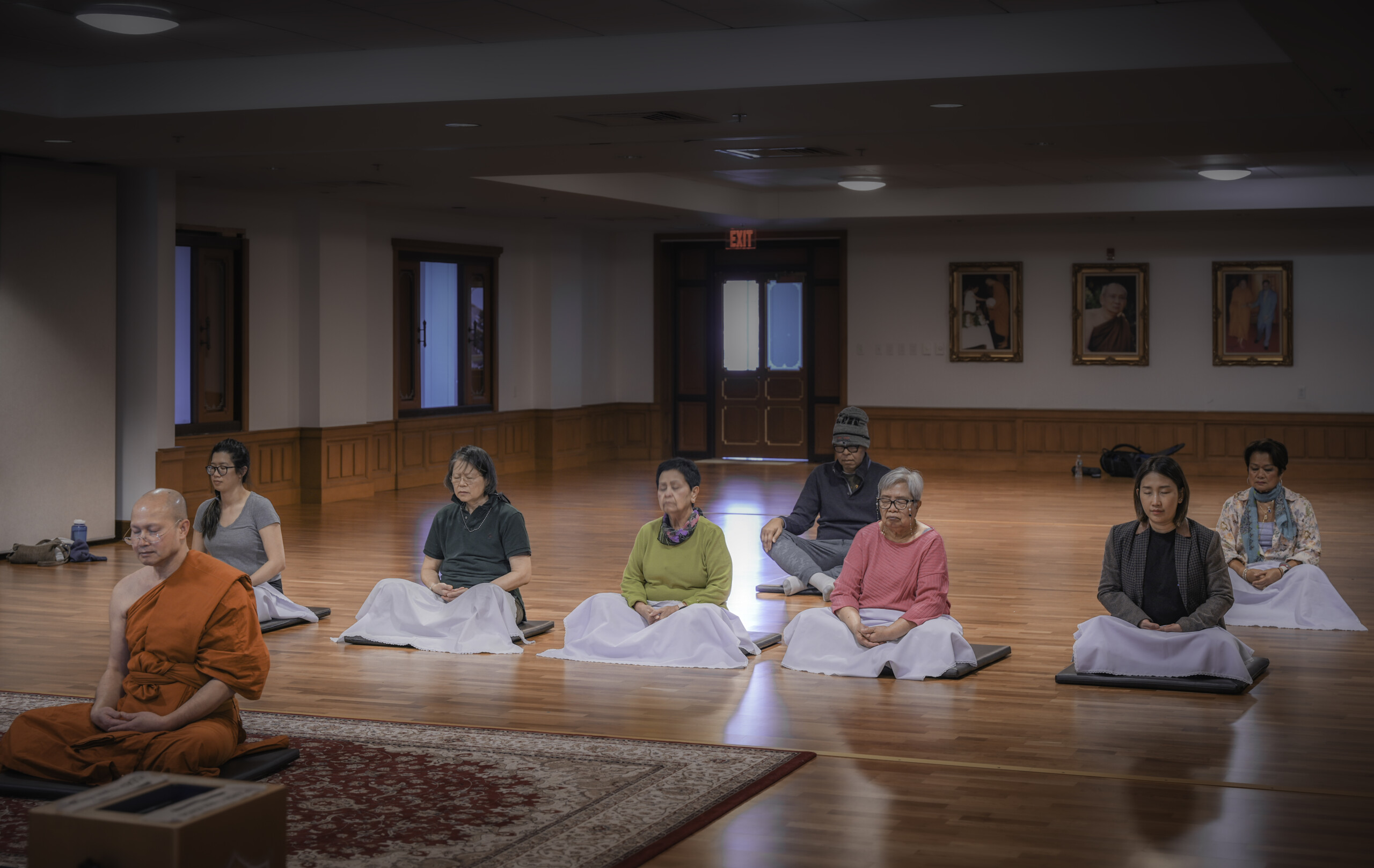Thai traditional music features a rich variety of instruments that create unique and captivating sounds. Some prominent Thai traditional music instruments include:
- Saw Duang (สาวดู้ง): A string instrument similar to a two-stringed fiddle, played with a bow. It produces melodious and soulful sounds often used in classical Thai music.
- Khim (ขิม): A dulcimer-like instrument with strings stretched over a wooden resonating chamber. It is played with two flexible bamboo sticks and is known for its soothing tones.
- Ranat Ek (ระนาดเอก): A xylophone-like instrument consisting of wooden bars suspended over a resonating tube. It produces bright and percussive sounds used in traditional Thai ensembles.
- Saw U (ซออู้): A lower-pitched string instrument similar to the Saw Duang but with a deeper tone. It is often used to accompany vocal performances and dance.
- Khaen (แคน): A bamboo mouth organ featuring multiple reed pipes arranged in a row. It is played by blowing air into the pipes while manipulating notes with finger holes.
- Pong Lang (โปงลาง): A type of wooden xylophone originating from northeastern Thailand (Isan region). It consists of several bamboo or wooden bars mounted on a resonating frame.
- Pi (ปี่): A traditional Thai flute made of wood or bamboo, producing melodious and expressive tones. It is commonly used in classical Thai music and ensembles.
These instruments, along with others like drums (such as Taphon and Glong), gongs, and various percussion instruments, come together to create the enchanting and distinctive sounds of Thai traditional music. Each instrument has its unique role and contributes to the rich cultural heritage of Thailand’s musical traditions.





